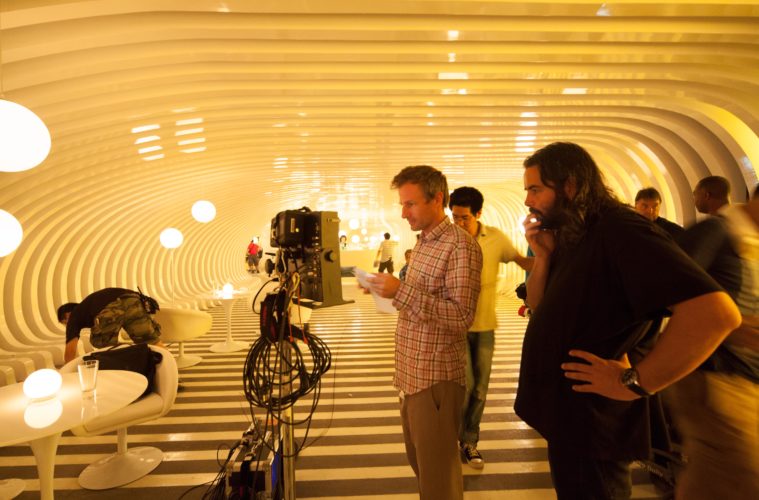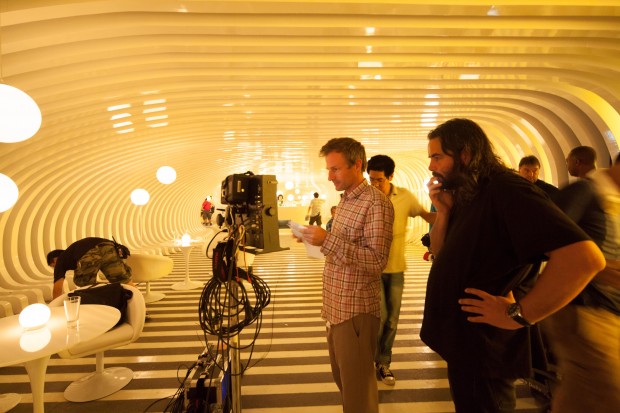
“Cinematography is infinite in its possibilities… much more so than music or language,” the great Conrad Hall once said. As we wind down on our year-end coverage, one aspect of the year in film we must highlight is among the most vital to the craft: the cinematography. From talented newcomers to seasoned professionals, we’ve rounded up the 20 cinematographers (well, 19, thanks to one overachiever) that have impressed us most this year. Check out our rundown below and let us know your favorite work in the field this year in the comments.
12 Years a Slave (Sean Bobbitt)
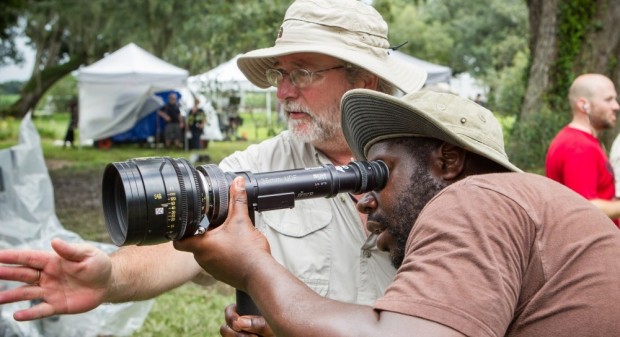
Working with Steve McQueen on all of his films thus far (and a few art installations), Sean Bobbitt and the director have formed one of the finest collaborations in recent cinema (one that extends another few layers, if you add Michael Fassbender and editor Joe Walker). As all involved have evolved in different ways over the last half-a-decade, 12 Years a Slave marks a harrowing, gorgeous culmination. Including some of the best shots of the year, bar none — exemplified in Northrup’s hope disappearing both physically (as he desperately hangs from a tree) and emotionally (the degrading embers of a destroyed letter) — Bobbitt’s contribution is a large part of why McQueen’s latest is a gut-wrenching journey. – Jordan R.
Ain’t Them Bodies Saints (Bradford Young)
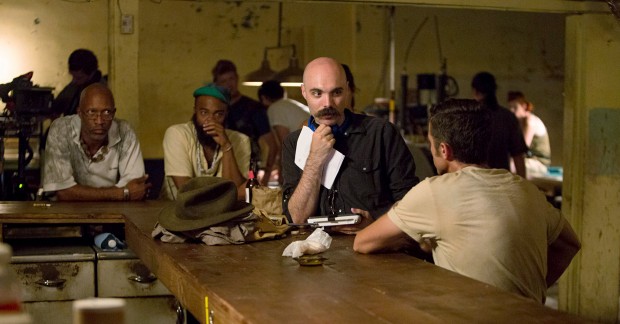
Texas has never looked this lovely outside of a Terrence Malick film; every screen door casts a long shadow and every sunset radiates as if it’s the very last. As stunning as David Lowery’s film was on an performance level, the star player was really cinematographer Bradford Young, who made each frame of Ain’t Them Bodies Saints stand out with the kind of mythic, delicate beauty deserving of the star-crossed lovers at its center. – Nathan B.
Bastards (Agnès Godard)
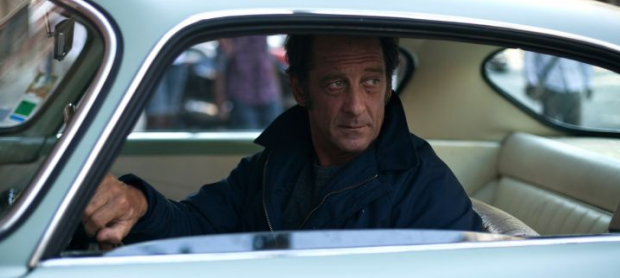
For her first foray into digital filmmaking, Claire Denis continued her relationship with Agnès Godard, crafting an intimate nocturnal thriller. With a fittingly claustrophobic approach, the camera captures only the necessary details, including the weathered face of our protagonist (Vincent Lindon) and the locked-in, tension-filled POV of a roaming car. Up until (and particularly) the last frame, Bastards transports one world not easily forgettably, thanks to the efforts of Godard and her crew. – Jordan R.
The Bling Ring (Harris Savides and Christopher Blauvelt)
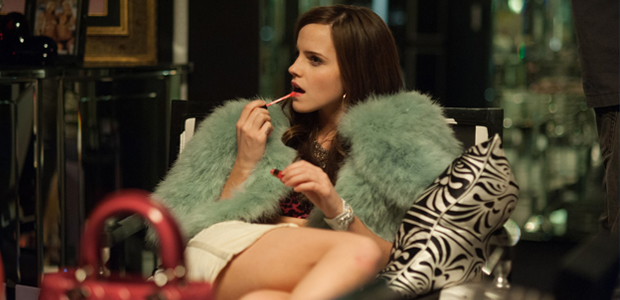
Largely dismissed on its release, one thing even its detractors could agree upon is the cinematography of The Bling Ring. Tied with Sofia Coppola‘s storytelling, cinematographer Christopher Blauvelt — bumped up from camera operator after Harris Savides had to deal with medical issues midway through production, sadly passing soon after the shoot — keeps things at an almost sterile distance. Yes, the one, extended shot of our thieves stealing from a Beverly Hills home is stunning, but the frequent use of handheld keenly captures the satirical black comedy unfolding before our eyes. – Jordan R.
Blue Caprice (Brian O’Carroll)
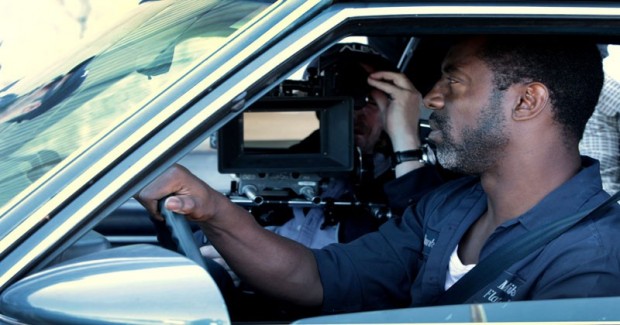
The real world never looks quite like the movies, and that’s probably a very good thing for both parties. Living in proximity to the Beltway Sniper events of 2002, I recall the pervasive sense of fear and anxiety that was permeating the community. What cinematographer Brian O’Carroll has done in Blue Caprice is take that mental headspace and configure it onto the events themselves, illuminating our relationship to the situation by letting us see our fears unveiled. The nighttime shots of the Caprice gliding along the Beltway are quiet harbingers of impending doom, and yet, in their way, simultaneously cathartic. – Nathan B.
The Grandmaster (Philippe Le Sourd)
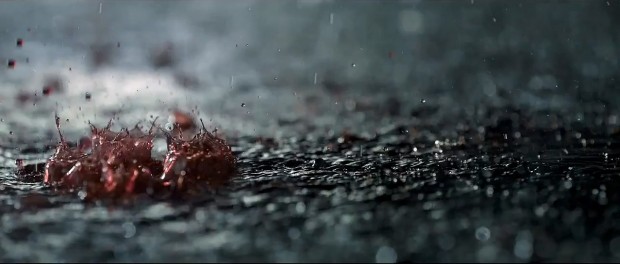
Does Wong Kar-wai really need Christopher Doyle? Years after the dynamic director-cinematographer duo split over significant creative differences, the former returned to China with assistance from DP Philippe Le Sourd, here employed to capture a Hong Kong that existed, even in a heightened sense, just years before Days of Being Wild, In the Mood for Love, and 2046. He never misses any beats established by the Australian predecessor, helping create a litany of images (around 2500 in the Chinese cut) that feel both exceedingly true to what defines our lasting, loving impression of Wong’s oeuvre and, through terrific action sequences, expand the possible paths of an international master. It’d be wonderful to see them work together once more — if there isn’t a years-long delay between films, that is. – Nick N.
Gravity (Emmanuel Lubezki)
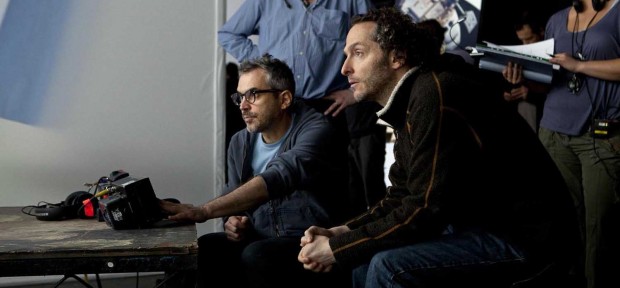
In what is perhaps the most comprehensive feat in cinematography this year, Emmanuel Lubezki once again pushed the envelope alongside longtime collaborator Alfonso Cuaron. Inventing an entirely new rig from the ground up, Lubezki and his crew convinced us we were in space for a brief, thrilling 90 minutes — what more can you ask for? – Jordan R.
The Great Beauty (Luca Bigazzi)
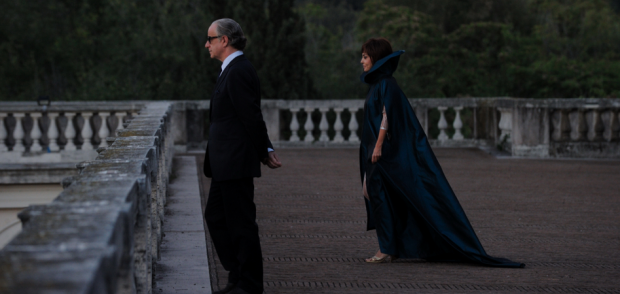
Easily the most attractive aspect of Paolo Sorrentino‘s look at the later years of journalist Jep Gambardella (played wonderfully by Toni Servillo) is the cinematography. While its bold style can sometimes serve as a detriment to the story, one can’t help but be in awe at some of the shots our director and Luca Bigazzi is able to pull off. Whether it’s during a wild party or a simple conversation, The Great Beauty lives up to its name. – Jordan R.
The Great Gatsby (Simon Duggan)
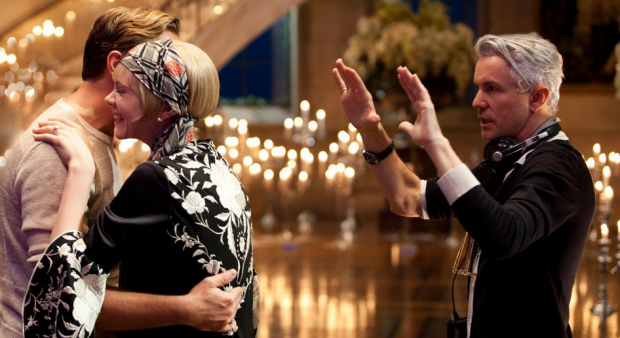
With production design as fittingly glitzy as it comes, Simon Duggan‘s glossy cinematography is the perfect match for Baz Luhrmann‘s aesthetic when it comes to this update. From detailed, sweeping camera shots over Gatsby’s glorious estate all the way to down to the way the Buchanans’ angelic curtains captivate Nick Carraway, The Great Gatsby is a sumptuous achievement. – Jordan R.
Her (Hoyte Van Hoytema)
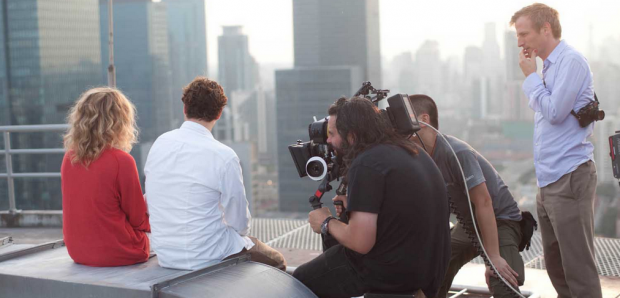
Even when they are sinister or fractured in some way, one can’t help but want to live in the worlds that Hoyte Van Hoytema captures onscreen. Whether it’s the frosty, foreboding winterscapes of Sweden in Let the Right One In or the cramped, shabby offices of British secret service agents in Tinker, Tailor, Soldier Spy, there’s a richness and density to his work that transcends mere observation. These are spaces you not only feel you could wander around in, but you want to do exactly that, even after the credits have rolled. Brilliantly paired with Spike Jonze’s transcendent, understated and very human sci-fi love story is Hoytema’s lens, that gives us a fully realized future to discover on our own instead of having it fed to us in sound bytes or ponderous introductions. The result is an imagined reality that isn’t all Luddite finger-wagging, but one filled with cautious hope and fragile wonder. – Nathan B.
Laurence Anyways (Yves Bélanger)
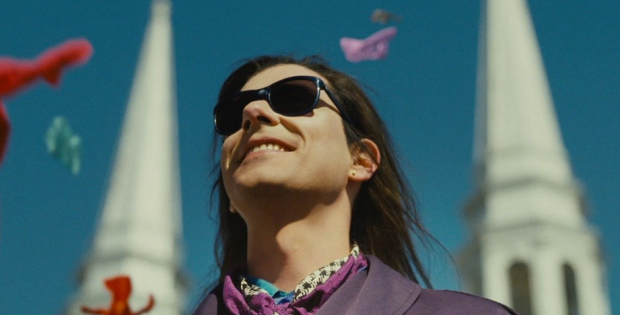
Perhaps the most intimate achievement in cinematography this year (at least next to the film on the last page), Yves Bélanger makes this three-hour odyssey of transformation a sight to behold. While the fantastical elements, such as a downpour of clothes or the entrance to a party, pop with vivid colors, consider the close-up, natural handling of a fight at a cafe. One might get initially caught off-guard with the 1.33:1 aspect ratio, but it’s an ideal approach for this story, which feels sprawling yet humble. – Jordan R.
Leviathan (Lucien Castaing-Taylor and Verena Paravel)

The latest chimeric concoction of Harvard’s Sensory Ethnography Lab, Leviathan is an honest to goodness gamechanger in the world of documentaries. To compare this audacious composite of sensory immersion aboard –and around—a commercial fishing trawler to conventional cinematic techniques doesn’t do the film justice. Far more transporting and mesmerizing than any summer thrill ride, Leviathan is ethnography as amusement park funhouse. The audience isn’t just asked to see and hear, but to think about each and every composition, even when the familiar has been transformed into the undeniably alien and phantasmal. The cinema may rarely offer us new and fresh sights, but Leviathan goes one further and offers us a brand new way of seeing. – Nathan B.
The Lone Ranger (Bojan Bazelli)
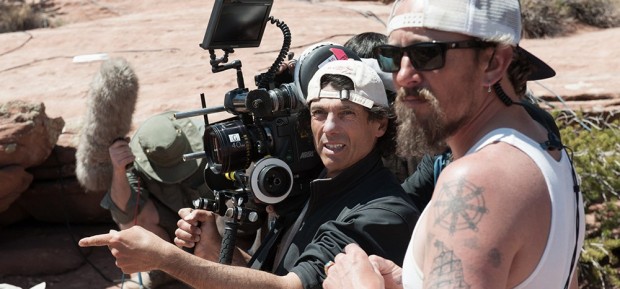
Gore Verbinski’s The Lone Ranger is a long, bloated slog through costume pageantry and creaky scriptwriting, but there’s a small, joyful short film encased in the larger one, coming somewhere around the final fifteen minutes or so, that is an absolute delight of movie escapism. Lenser Bojan Bazelli paints all of the film in the beautiful burnished, caramel hues of old Western iconography, but what he and Verbinski do with that final, hair-raising chase scene atop dual speeding trains is nothing short of spectacular. Set to the Ranger’s theme of choice—the William Tell Overture—and structured like Buster Keaton meets The Dark Knight, this extended sequence is everything any kid who ever daydreamed about being John Reid‘s alter-ego could have hoped for. – Nathan B.
Nebraska (Phedon Papamichael)
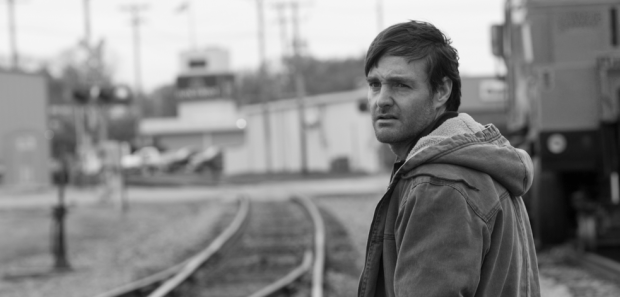
The only black-and-white film on this list, cinematographer Phedon Papamichael gives Alexander Payne‘s latest work an austere, timeless quality. While the lenser captures the arid beauty of the midwest with a variety of shots during the journey, he also gives character to our lead, Bruce Dern, whose disoriented look is only heightened by the contrast provided. – Jordan R.
Only God Forgives (Larry Smith)
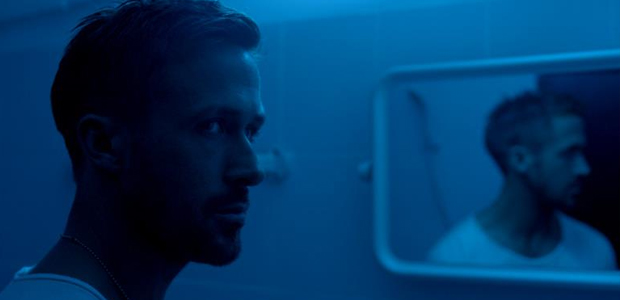
Reteaming with Larry Smith, who got his start under the guidance of Stanley Kubrick on the set of Eyes Wide Shut, Nicolas Winding Refn‘s black comedy (a genre of which I’m convinced it belongs to, regardless of intention), is every bit as neon-tinted beautiful as its marketing suggests. Whether he’s drenched in the blue light of a bathroom, the red glow of a strip club or the orange glimmer of a hallway, the intricate cinematography serves to give a mythic quality to Ryan Gosling‘s stoic figure. – Jordan R.
Prisoners (Roger Deakins)
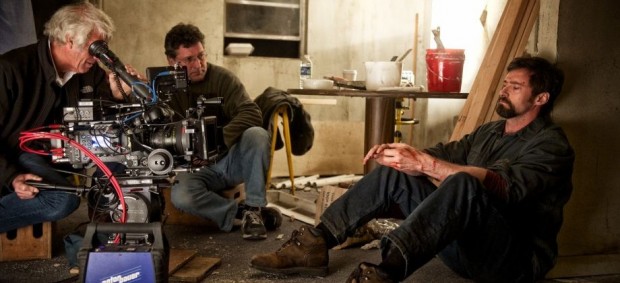
I’m certain a number of films on this list would excel if there was a different cinematographer at the helm, but I’m confident Prisoners would be a different story. Shot by the legendary Roger Deakins, Denis Villeneuve‘s English-language debut is a stark, stunningly visual work with cinematography that serves to enrich its story. Captured without a beaming sun, solely during gray, moody light, Deakins continually impresses, from initial shots of a dead deer and an onlooking tree, all the way up to the intense climax, as the life of Jake Gyllenhaal‘s character hangs in the balance of a rainy windshield. – Jordan R.
Spring Breakers (Benoît Debie)
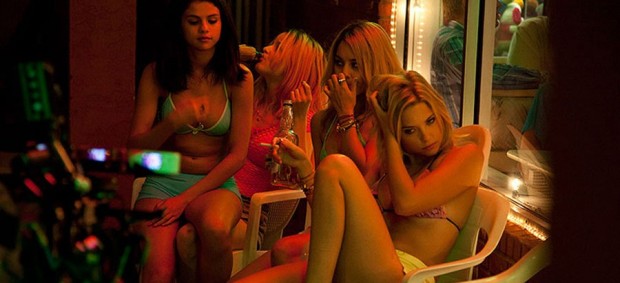
Even if you don’t buy into Harmony Korine‘s mantra-filled expose on the drug-fueled world of spring break, chances are you found something to appreciate in Benoît Debie‘s cinematography. After his extraordinary work on Enter the Void, he takes his neon-laced approach to another level here, either crafting the ultimate music video or the most nightmarish portrait of teenage excess — eh, let’s say it’s both. – Jordan R.
Simon Killer (Joe Anderson)
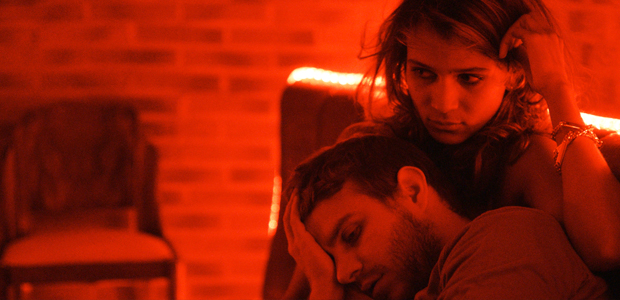
Instread of reteaming with the talented Jody Lee Lipes, Antonio Campos recruited his former camera operator Joe Anderson (who also worked on Martha Marcy May Marlene and Ain’t Them Bodies Saints) to shoot Simon Killer and thankfully, for his first gig, he knocked it out of the park. For a psychological character study as restrained this one, Anderson nails long takes that peer into the soul of Brady Corbet, all while incorporating hypnotic transitions to add to the sensory experience. Add in one of the best single takes of the year (in part thanks to LCD Soundsystem), and we hope Simon Killer gets the due it deserves one day. – Jordan R.
Stoker (Chung-hoon Chung)
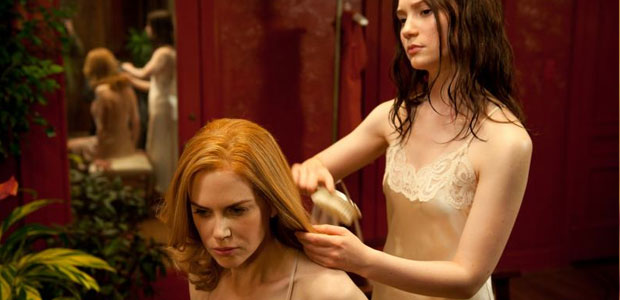
If you are going to put yourself into the creative proximity of Alfred Hitchcock, as Chan-Wook Park does with Stoker, then you also need a cinematographer in the league of long-time Hitch collaborator, Robert Burks. Fortunately (or is it intuitively?) for Park, his own frequent collaborator Chung-hoon Chung is every bit the consumate stylist and stunning technician that Burks was, without aping the latter’s style or spacial compositions. What really sets Stoker apart from the kinds of spine-tinglers that came before it is the sense of fearsome yet languid poetry with which Chung imbues each of his images. From a burgeoning water drop emerging from the top of a lanced blister to a kaleidoscopic climb to the top of a playground slide, Chung gathers Park’s vision of ravening wolves surrounding the shelter of childhood innocence and fine tunes it to white-knuckle intensity. – Nathan B.
To the Wonder (Emmanuel Lubezki)
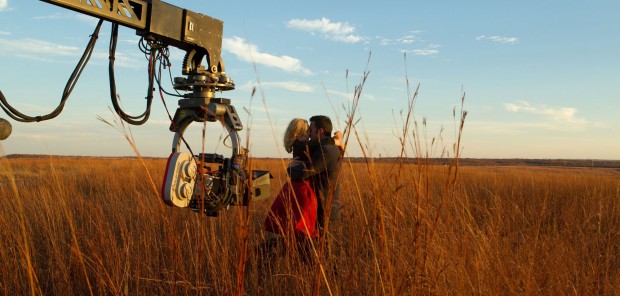
While his accolades this year will go to his work on Gravity, Emmanuel Lubezki deserves recognition for his follow-up with Terrence Malick after The Tree of Life. Staying grounded for To the Wonder, the cinematographer continued the same cinema-as-memory approach and the results were astounding. Few films are able to authentically capture love, both blooming and fading, but Lubezki can do so with a few intricate techniques behind the camera. – Jordan R.
What’s the best-shot film of the year?

